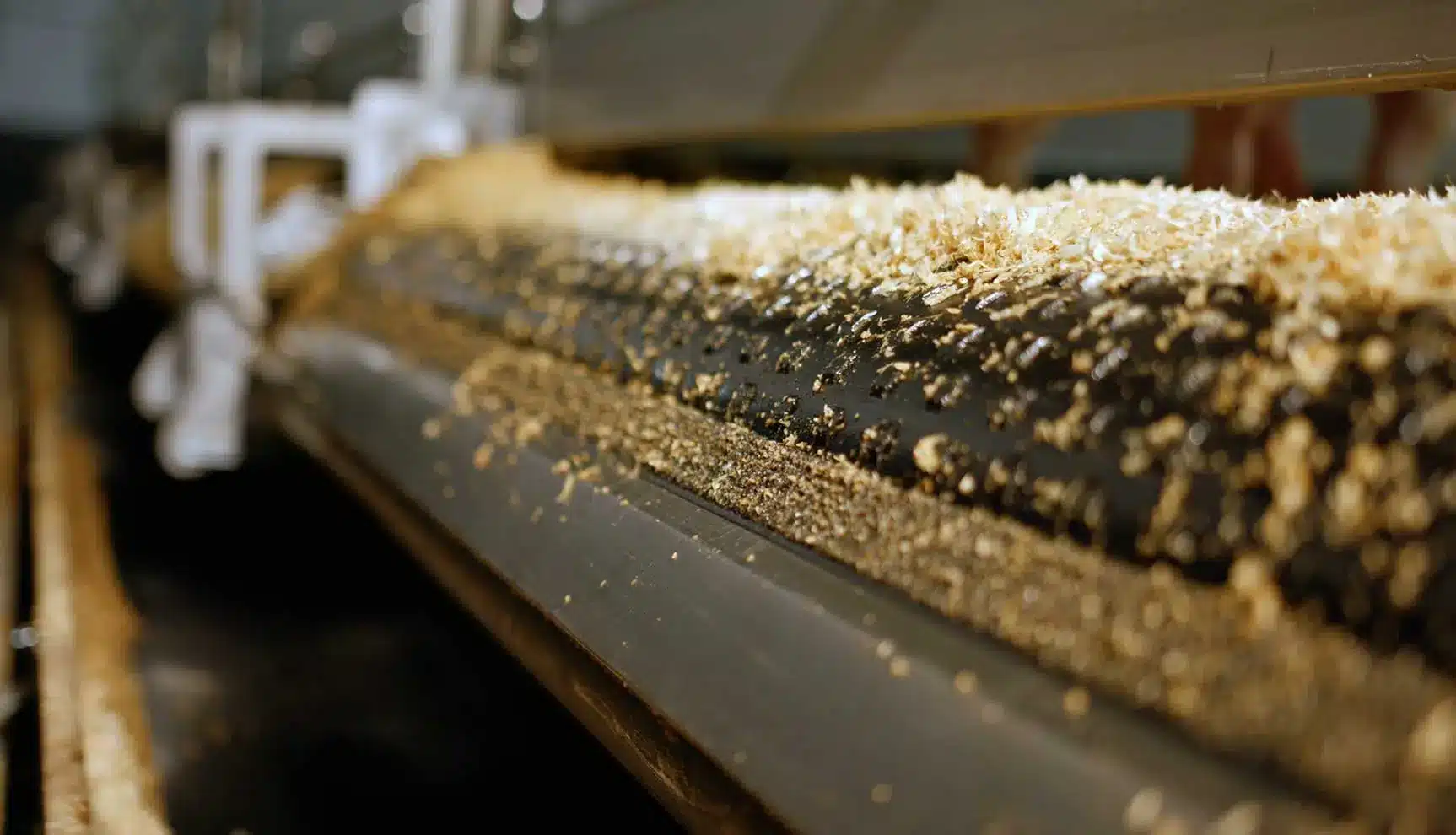The World Health Organization (WHO) ranks antibiotic resistance as one of the most significant threats to global health. While the issue is complex, a major contributing factor lies in the overuse of antibiotics, particularly within animal agriculture where they are often added wholesale to feed and water. However, a fundamental principle offers a powerful countermeasure: Hygiene.
The Problem with Poor Conditions
As highlighted by Oskar Nilsson, a laboratory veterinarian at Sweden’s National Veterinary Institute (SVA), “Hygiene is important for animals to be healthy.” Intensive farming environments, where large numbers of animals live in close proximity, can unfortunately become breeding grounds for disease – Nilsson bluntly calls modern animal husbandry a “paradise for disease.” This isn’t unique to farms; a National Geographic report featuring Tommy Lindvall documented how even wild gnus (wildebeest) migrating in massive herds can fall ill when densely packed together. When animals are crowded, maintaining a clean environment becomes paramount to prevent outbreaks.

vid Statens veterinärmedicinska anstalt.
Antibiotics: A Band-Aid for a Bigger Issue?
Too often, antibiotics are deployed not just to treat illness, but as a substitute for rigorous hygiene protocols. Nilsson points out that “Antibiotics are a cheap solution to mask poor animal husbandry.” This practice varies globally. In Sweden, the approach is generally to treat only animals confirmed to be sick. This more targeted method is increasingly being adopted across Europe. However, in many parts of the world, it remains common practice to administer antibiotics to entire herds or flocks through feed or water, ostensibly to prevent disease but often compensating for less-than-ideal living conditions.
The High Cost of “Cheap” Solutions
While antibiotics might seem like a cost-effective way to manage health in the short term, their overuse fuels the long-term crisis of antibiotic resistance. Reducing reliance on these vital medicines is essential. Focusing on preventative measures, primarily through better hygiene, is key.
Innovation in Cleanliness
Fortunately, innovative solutions can significantly improve farm hygiene. The text mentions the “Gotska Moving Floor” concept as one example. Such systems aim to create a cleaner environment by efficiently removing manure and waste. By automating this process, animals can live in cleaner conditions, potentially reducing the need for frequent relocation for cleaning and, crucially, decreasing the dependence on preventative antibiotic treatments.
Conclusion: Prevention is Better Than Cure
Investing in and prioritizing hygiene in animal husbandry is not merely about tidiness. It’s a critical strategy for ensuring animal welfare, reducing disease transmission, cutting down on the unnecessary use of antibiotics, and ultimately contributing to the global fight against antibiotic resistance. By focusing on creating healthier environments from the ground up, we can protect both animal and human health for the future.

